
The coming decades present a major ecological challenge . . . so let’s encourage the next generation to do something about it!
I remember a children’s story about a man who got angry when neighborhood kids threw rocks at ducks. He’d yell at them, but they would keep coming back to throw more rocks. One day, as the man was about to yell again, he saw a woman approach the kids. She had colored pencils and paints. She showed the kids how to draw ducks. By the end of the story, the kids had started looking for other animals and plants to draw . . . and they had put down the rocks.
It’s a simple story, but it illustrates the power of teaching children to respect the environment.
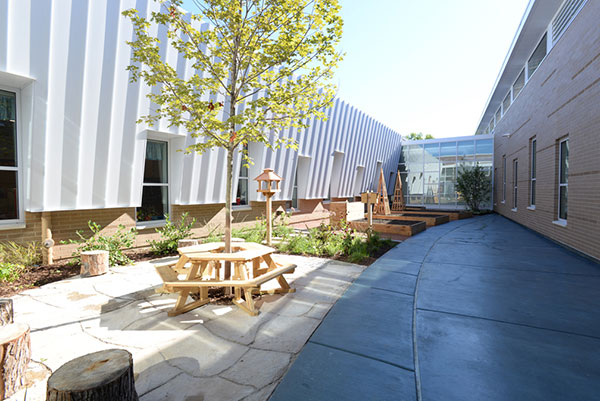
As architects, we have the ability to shape young minds like this. However, instead of sketchpads and drawing tools, our medium is buildings. And what better place to do this than schools?
For years, schools were designed as machines for education, with double-loaded corridors that essentially ignored the environment. It’s time for a new wave of preK-12 campuses that produce their own energy, use recycled materials, and offer students natural light, views, and places to learn outside. All these factors add up to make the building a guide that, in concert with dedicated teachers, helps kids fall in love with the environment.
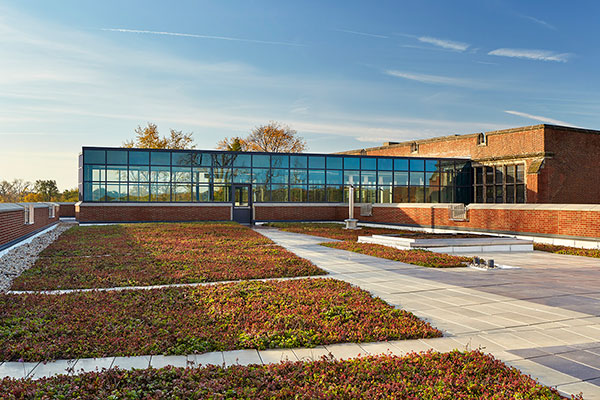
The ultimate goal of many of us in the architectural community is to design and build schools that achieve net positive energy (i.e., the building creates more energy than it consumes) and/or meet the Living Building Challenge, a rigorous sustainable building certification system.
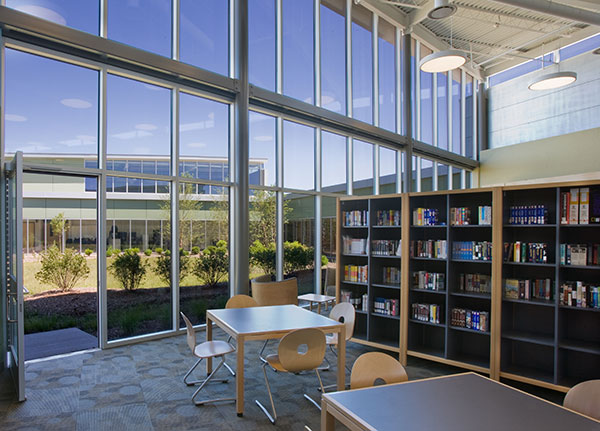
Gus Speth, the former dean of forestry and environmental studies at Yale, said the following:
I used to think that the top global environmental problems were biodiversity loss, ecosystem collapse, and climate change. I thought that with 30 years of good science we could address these problems. I was wrong. The top environmental problems are selfishness, greed, and apathy, and to deal with these we need a spiritual and cultural transformation.
In other words, the environmental challenges have been identified. Now we need to focus on who’s going to take on those challenges: our children. When they spend their formative years amid a curriculum and a setting that promote environmental awareness, they are instilled with a drive to look after that environment.
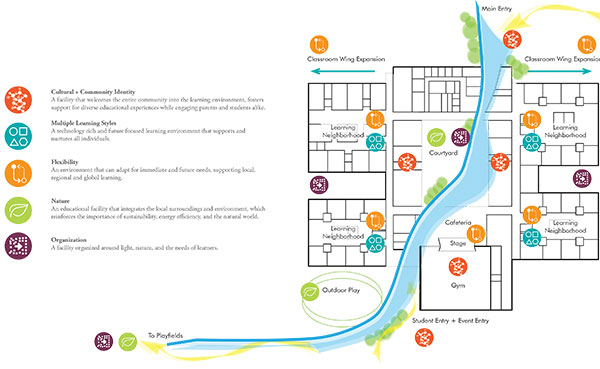
But as with everything, there is a cost.
Schools (particularly private and charter schools) with environmental or sustainability related goals face a difficult road when it comes to raising construction funds. I think the answer lies in campaigning for a shift in mindset. Potential donors and voters need to understand the long-term benefits of supporting a district’s or a school’s efforts to train the spotlight on the environment.
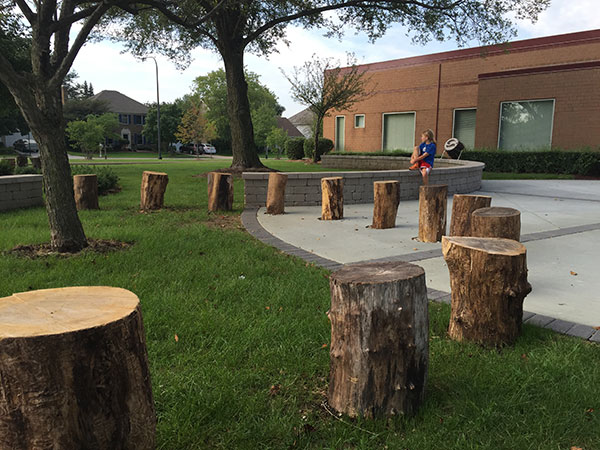
If you plant an acorn, you may not see it mature into a stately oak tree, but your children and grandchildren will. So will many, many others.
Senegalese forestry engineer Baba Dioum said, “In the end, we will conserve only what we love; we will love only what we understand and we will understand only what we are taught.”
As architects and educators, let us strive to create spaces that teach environmental responsibility!
Contact us to learn more about sustainable schools or comment below to share your thoughts on this post.


